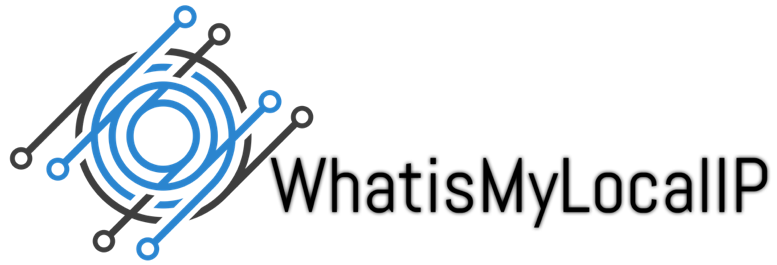What is machine learning?

Machine learning is an AI form that allows a system to gain knowledge from data instead of explicitly programming. Machine learning, however, is not a mere process. With the algorithms ingesting training data, more precise models based on that data can then be produced. The result generated when you train machine-learning algorithm with the data is called the machine-learning model. When you provide an input to a model after training, you will be given an output. A predictive algorithm, for instance, would create a predictive model. Then, by providing data to the predictive model, you’ll receive a prediction depending on the data that trained the model.
Iterative learning
Machine learning allows models to train on data sets prior to deployment. Some models of machine learning are online and ongoing. This continual process of online models leads to an improvement in the types of connections that are made between data components. Such patterns and associations may easily have been missed by human observation because of their complexity and size. Following a trained model, it can be used to learn from data in real time. The refinements in precision stem from the training and automation processes that are part of the machine learning process.
Approaches to machine learning
In order to increase the precision of predictive models, machine learning techniques are needed. There are various methods, based on the form and volume of the data, depending on the nature of the business problem being discussed. The categories of machine education are discussed in this section.
Supervised learning
Supervised learning usually begins with an existing collection of data as well as a certain understanding of how to interpret the data. The aim of supervised learning is to find trends in the data which can be implemented to an analytics process. This data has characteristics which define the meaning of the data. For instance, you can generate a machine-learning application based on images and written descriptions which distinguishes between millions of animals.
Unsupervised learning
Unsupervised learning is used when a massive amount of unlabeled data is required in the problem. For example, social networking apps including Twitter, Instagram and Snapchat all have vast quantities of unlabeled data. To understand the meaning behind these data, algorithms must be used to classify the data based on the models or clusters it finds. Unsupervised learning performs an iterative process, analyzing data without intervention by humans. It is used with the technology for spam detection of emails. There are far too many factors involved for an analyst to tag unsolicited bulk email in both legitimate and spam emails. Instead, machine learning classifiers are applied to identify unwanted emails, based on clustering and association.
Reinforcement learning
Reinforcement learning is a type of relational learning. The algorithm receives input from the data analysis, which will direct the user towards the best possible result. Reinforcement learning vary from other types of supervised learning because the sample data set does not train the system. Instead, the program learns from trial and error. A pattern of successful decisions will, therefore, result in the method being strengthened, as it best addresses the issue at hand.
Deep learning
Deep learning is a distinct method of machine learning which incorporates neural networks in successive layers in an iterative way to learn from data. Deep learning is particularly beneficial when you are trying to learn from unstructured data patterns. Deep learning complex neural networks are engineered to replicate how the human brain functions, so computers can be trained to respond with abstractions and issues that are poorly defined. The typical five-year-old child can understand the difference between the face of his instructor and the face of the crossing guard with ease. The computer, by contrast, needs to do a lot of work to figure out who is who. Neural networks and deep learning are frequently used in applications for image recognition, speech, and computer vision.
Big data in context of machine learning
Machine learning requires the application of the correct set of data to a learning process. To use machine-learning techniques an organization does not have to have big data, but large data can contribute to the precision of machine learning models. Big data now enables the virtualization of data so that it can be processed in the most secure and cost-effective way, whether on-site or in the cloud. Additionally, network speed and reliability improvements have eliminated other physical limitations associated with managing massive amounts of data at acceptable speed. Furthermore, it is possible to understand the effect of price changes and the sophistication of computer memory and how firms could leverage data in ways that were not possible until five years ago.
Applying machine learning to business needs
Machine learning provides tremendous benefit for businesses looking to harness big data and helps them truly understand subtle behavioral shifts, preferences or consumer satisfaction. Corporate leaders are starting to realize that several things that occur within their organizations and industries can’t be discussed through a query. It’s not the questions you know; it’s the unknown patterns and anomalies buried in the data that either can benefit you or detriment.
How it all comes together
The additional benefit of machine learning is that algorithms and models can be leveraged for predicting results. The crucial point is making sure the data scientists doing the work use the proper algorithms, ingest the most suitable data which is precise and clean and use the best performing models. By learning from the data, it is possible to continually train the model and learn from the outcomes when all these elements come together. The automation of this method of modeling, model training and testing process leads to precise predictions that support business change.

